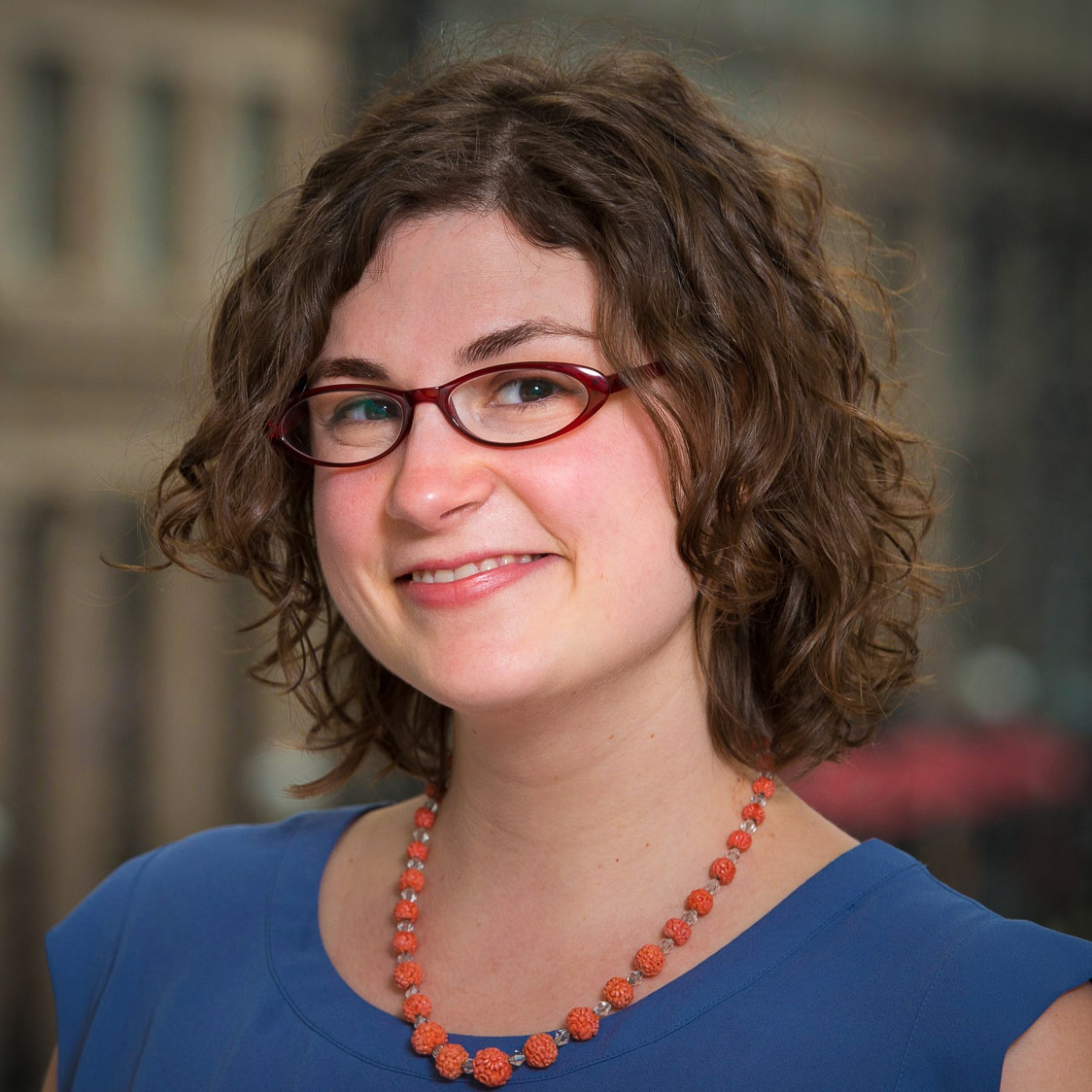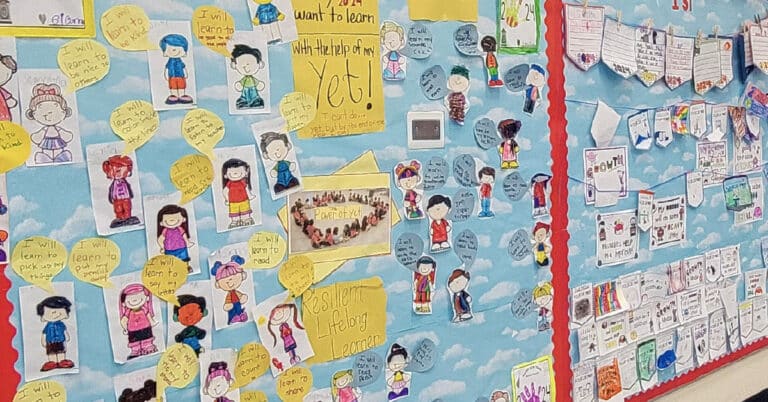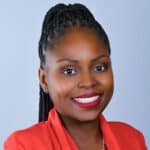On October 30, 2018, nearly 100 North Dakota educators gathered to listen, learn and share at the kick-off of the state’s five-year journey to scale personalized learning.
There were teachers, parents and district leaders from Northern Cass School District 97, including Britt Breiland, a seventh and eighth grade English teacher who describes her district as “relentless” in their pursuit of doing what’s best for learners.
Penny Veit-Hetletved, director of education at the North Dakota Department of Corrections and Rehabilitation, was in attendance with several teachers and staff from the Youth Correctional Center, all of whom are, according to Veit-Hetletved, “committed for the long haul.”
Alongside the Oakes Public School District #41 team was Jennifer Glasheen, who has supported Oakes and other districts in the past as the senior director of teaching and learning services with the North Dakota South East Education Cooperative. Glasheen sees this work not only as an opportunity to “build a foundation,” but also to “push boundaries.”
West Fargo Public Schools, with more than 10,000 students, was ready to network, share what they’ve learned and to learn in turn.
Each came from a distinct community with unique questions, challenges and experiences to share, but they all have one thing in common: a passion for personalized learning, and a recognition that powerful teaching and learning comes from tapping into the excitement and energy that teachers bring to the classroom every day to create learning opportunities that provide every student the opportunity to feel excited, too.
Personalized learning is rooted in the belief that all children can learn, should be challenged to take ownership of their learning as individuals and empowered with the academic knowledge and social-emotional skills they need for the future.
Learn More
Now, almost a year later, they’re ready to put what they’ve learned within the last year into practice.
“This work is about supporting schools and districts in doing school differently,” says Ann Ellefson, director of academic support with the North Dakota Department of Public Instruction. “We want our students to be choice-ready, whatever those choices may be.”
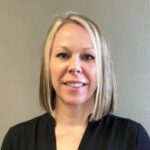
“We want our students to be choice-ready, whatever those choices may be.”
“We believe that North Dakota is a national exemplar for how states and districts can work together to transform education for every learner,” said KnowledgeWorks CEO Chuck Ambrose. “We are proud to partner with them in this journey.”
Driven by the urgent need to serve all students well – not just some or most.
“My students are any students,” says Veit-Hetletved. The Youth Correctional Center serves approximately 50 students at any given time, with 300 each year, from across North Dakota and nearby states. “How students feel about what they can do is a direct link to how they feel about themselves. When you think about how exciting this piece is, that students will build that solid rapport that gives them a safety net – the social, psychological and mental health piece grows stronger as we build classrooms of learning that are safe places.”
For Veit-Hetletved, the opportunity to learn from others and provide a greater perspective on those students for whom traditional education hasn’t worked is a vital consideration in the state’s efforts to personalize learning.
Teachers at the North Dakota Youth Correctional Center see their time with learners as an opportunity to ensure that when students leave, they leave having practiced critical life skills.
Learn More
A commitment to personalized learning wasn’t new for any of the educators who began this journey last year, or the for the community stakeholders who joined them. Each of the districts involved had done their research, explored and in some cases implemented student-centered practices, visited personalized learning districts in other states and had sought the feedback and counsel of business and community leaders in how to best move forward with the work in a local context. Their commitment to the five-year initiative was not only an opportunity to formalize what they already believe about teaching and learning, but also a chance to learn from other districts across the state and benefit from the networking and resources of the North Dakota Department of Public Instruction and national partners, including KnowledgeWorks, EdLeader21 and the Center for Collaborative Education.
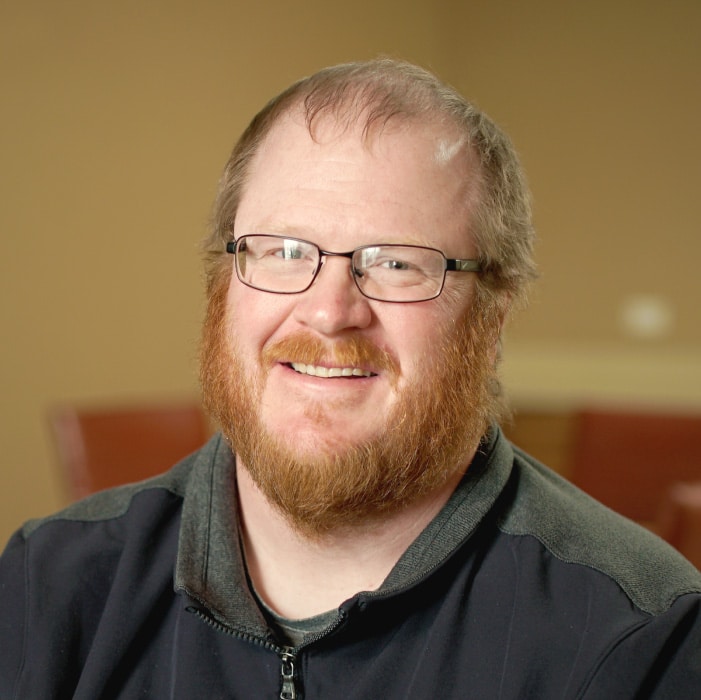
For this North Dakota teacher, personalized learning isn’t just a fad – it’s about preparing students for the real world.
Learn More
Each district design team also has one or more educator fellows who are tasked not only with helping to realize each district’s vision for personalized learning alongside other design team members, but also to participate in additional professional development and knowledge sharing to help them in teaching others and building each district’s capacity. Educator fellows are teachers, community members and higher education faculty who are partners in the way teaching and learning is done throughout the state of North Dakota.
“When initiatives like this come around, it’s energy, it’s possibilities,” says Stacy Duffield, coordinator of the teacher education program at North Dakota State University and an educator fellow with the Northern Cass 97 School District’s design team. Duffield is excited not only to help shape education for the students in North Dakota’s K-12 system, but also to change the way North Dakota teachers are prepared for the classroom. “We can be a part of this work while it’s happening and bring it back to our teachers so they can hit the ground running.”
More accurately capturing what students know and know how to has driven the shift from traditional grades to proficiency scales at Northern Cass Public School District 97. “With proficiency scales, learning is more transparent for kids but it’s also so much more transparent for me,” said Britt Breiland, a seventh and eighth grade English teacher in the district.
Learn More
While North Dakotans may consider themselves members of one big community, their interests and skills are as divergent as those of their students.
“These districts are at all different levels of implementation in terms of personalized learning for students,” says Lori Phillips, a KnowledgeWorks teaching and learning director who has been working closely with all the districts to help them determine where they are, what their next steps could be and the best course of action to achieve them. “This initiative is a great opportunity for them to be able to learn and grow as a group, to not have to go it alone. It’s harder to think innovatively and implement and sustain alone.”
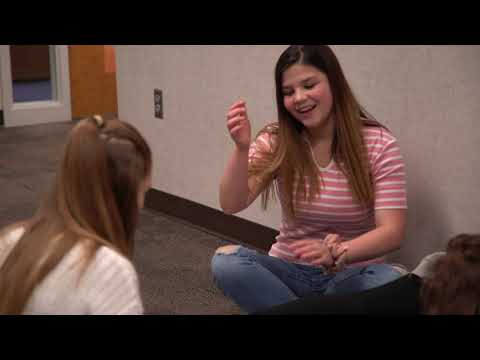
North Dakota is starting the work to personalize learning with a plan to sustain it.
Kirsten Baesler, state superintendent, describes North Dakota as “one community, with a really long main street,” and she is committed to empowering teachers, district leaders, parents and community members throughout that community to support innovative approaches to learning. Legislation passed in 2017 with bipartisan support created a pilot program that allows public and nonpublic schools to have more local control and flexibility than they had under previous law and opened the door for innovative, student-centered learning opportunities with local and state-level support and oversight.
“This is an opportunity to bring personalized, competency-based learning to North Dakota in a thoughtful, organized and well-supported manner,” says Baesler. “We hope it becomes normalized, and just part of the way we do education in North Dakota.”
For Virgel Hammonds, chief learning officer at KnowledgeWorks, that thoughtfulness is what makes North Dakota’s approach so special.
“What makes me excited about North Dakota is the idea of complete alignment across the state,” says Hammonds. “The legislature, the state department, the communities they serve – they’re all in it together.”
The state put a lot of thought into how not only to begin the work, but also how they’ll sustain it throughout the five years and beyond. Each participating district was responsible for putting together a design team that included not only teachers and leaders from within the district, but also partners in higher education and individuals from within their communities, including business leaders and parents. The district design teams will be responsible for leading the development and implementation of their learning community’s strategic design for personalized, competency-based learning, engaging stakeholders throughout their communities to design, plan and implement strategies based on local needs and desired outcomes.
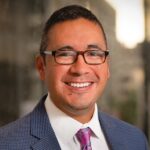
“What makes me excited about North Dakota is the idea of complete alignment across the state. The legislature, the state department, the communities they serve – they’re all in it together.”
“When you bring a group of intelligent educators together to truly define what those expectations for learning are at every level, you leave no chance for error,” says Allen Bergad, assistant superintendent of West Fargo Public Schools. “You truly know that students have the knowledge and skills to pursue post-secondary and a career they’re interested in, that aligns to their passion.”
“Our system is going to really need to be strong to support this work,” says Glasheen. “How do we make sure in a world where we haven’t yet defined completely what personalized learning looks like, sounds like, feels like, how are we going to know that we’ve done a good job by students and for our teachers? How do we create that system?”
North Dakota’s answer? Do it together.
Participating districts convene each quarter, as well as maintain relationships and work together in virtual meetings in-between. For Baesler, that continued support is critical.
“A lot can be planned and budgeted for, but it comes down to supporting teachers in the classrooms to make this a success,” says Baesler. “It was really important to us as we began this personalized journey for our students to also allow for a personalized journey for districts. The key is supporting our educators in their day-to-day work.”
